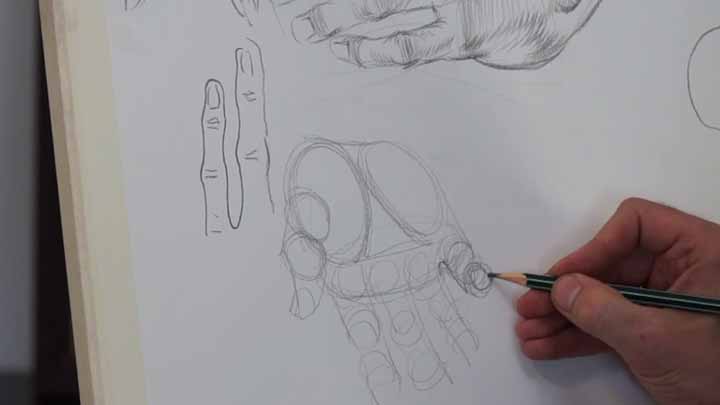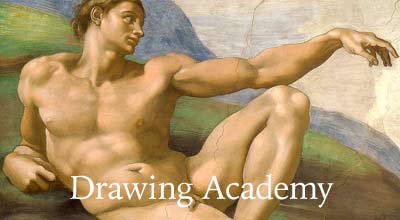How to Draw Proportionate Hands

Not every artist is able to make such a drawing convincingly. We can learn from the great masters. For example, in the masterpiece by Leonardo, we can see how the artist skilfully portrayed a foreshortened hand that is pointing to a viewer. Every finger joint in this masterpiece is depicted with great attention. This is a wonderful example of a good painting is skilfully drawn. Here's another painting by Andrea Mantegna, an Italian painter who portrayed a figure of Christ in a very difficult view. To solve the challenge of foreshortening, the artist used a drapery with many folds that act as contours. Such contours show the depth of space in this artwork. Here's a drawing of hands by Albrecht Dürer. You can see how he masterfully applied strokes along contours, so every phalange and joint is depicted in a realistic manner. If you want to learn the best hatching techniques, studying this artist's drawings, woodcuts, and engravings would be very helpful. Let's check how golden proportions apply to the palm-side of the hand. The length of the palm to the length of the middle finger does not follow the golden ratio. However, the length of the index finger fits this proportion perfectly. The golden proportion is in place for the palm and the middle finger without the nail part of the third phalange. There is one thing you need to know about the dimension of the hand. Its length is not the same when it is flexed as when it is extended. The difference in length is because of the wrist, which has its length as well. The length of the wrist is hidden when a hand is extended. So, the hand becomes shorter due to this. However, when a hand is flexed, the length of the wrist is fully exposed, and the hand becomes longer as a result of this distance. So, a flexed hand is longer, and an extended hand is shorter. The length of the extended hand is less than the length of fingers. When you draw an extended hand, you need to make sure it is shorter than the fingers. And when drawing a flexed hand, you need to draw it longer than the fingers. The dimension of hidden and exposed wrist is very important in drawing. Knowing this information will help you to avoid junior mistakes when drawing flexed and extended hands.



